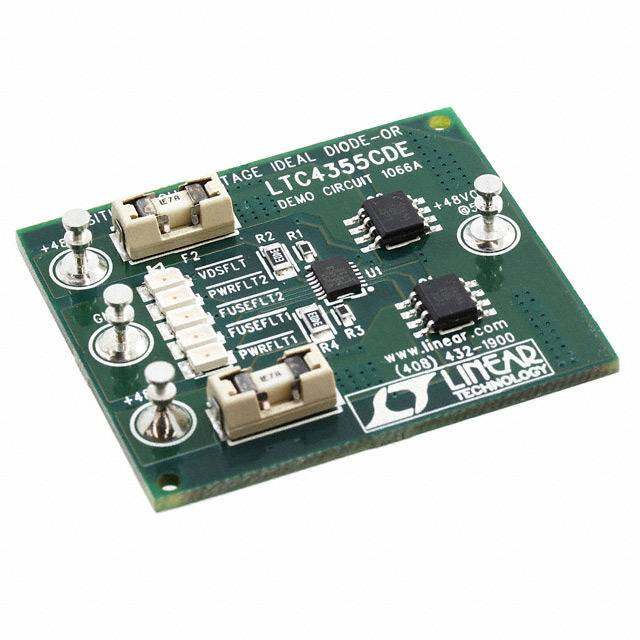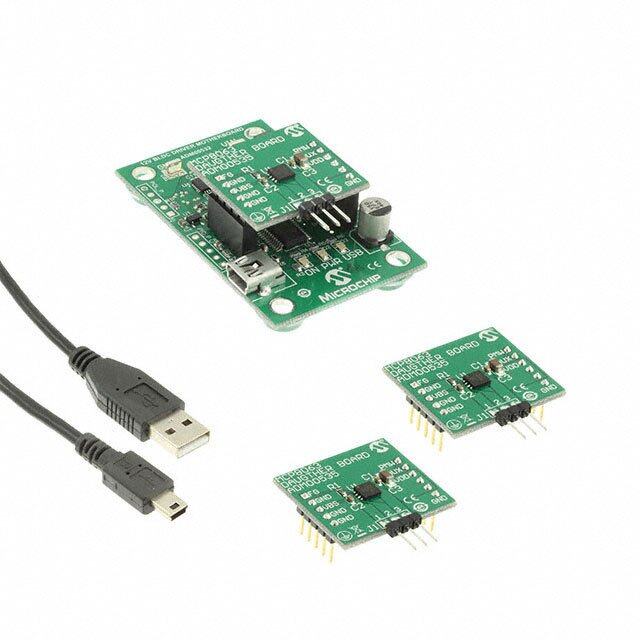ICGOO在线商城 > 开发板,套件,编程器 > 评估和演示板和套件 > EVAL-CN0296-SDPZ
- 型号: EVAL-CN0296-SDPZ
- 制造商: Analog
- 库位|库存: xxxx|xxxx
- 要求:
| 数量阶梯 | 香港交货 | 国内含税 |
| +xxxx | $xxxx | ¥xxxx |
查看当月历史价格
查看今年历史价格
EVAL-CN0296-SDPZ产品简介:
ICGOO电子元器件商城为您提供EVAL-CN0296-SDPZ由Analog设计生产,在icgoo商城现货销售,并且可以通过原厂、代理商等渠道进行代购。 EVAL-CN0296-SDPZ价格参考。AnalogEVAL-CN0296-SDPZ封装/规格:评估和演示板和套件, ADAU1761, SSM2518 Soundbar Reference Design Evaluation Board。您可以下载EVAL-CN0296-SDPZ参考资料、Datasheet数据手册功能说明书,资料中有EVAL-CN0296-SDPZ 详细功能的应用电路图电压和使用方法及教程。
| 参数 | 数值 |
| 产品目录 | 编程器,开发系统嵌入式解决方案 |
| 描述 | EVAL BOARD FOR CN0296音频 IC 开发工具 LoCost HI-perf'nce Sound Bar System |
| 产品分类 | |
| 品牌 | Analog Devices |
| 产品手册 | |
| 产品图片 |
|
| 产品系列 | 模拟与数字IC开发工具,音频 IC 开发工具,Analog Devices EVAL-CN0296-SDPZCircuits from the Lab™ |
| 数据手册 | |
| 产品型号 | EVAL-CN0296-SDPZ |
| rohs | 无铅 / 符合限制有害物质指令(RoHS)规范要求 |
| 主要属性 | 8 通道 (八进制) |
| 主要用途 | 参考设计,条形音箱 |
| 产品 | Evaluation Boards |
| 产品种类 | 音频 IC 开发工具 |
| 使用的IC/零件 | ADAU1761, SSM2518 |
| 商标 | Analog Devices |
| 嵌入式 | 否 |
| 工作电源电压 | 5 V |
| 工作电源电流 | 4 A |
| 工具用于评估 | ADAU1761, SSM2518 |
| 所含物品 | 板 |
| 接口类型 | Serial |
| 标准包装 | 1 |
| 类型 | Audio Sounds |
| 设计资源 | http://www.analog.com/static/imported-files/circuit_notes/CN0296-DesignSupport.zip |
| 辅助属性 | I²C 接口 |

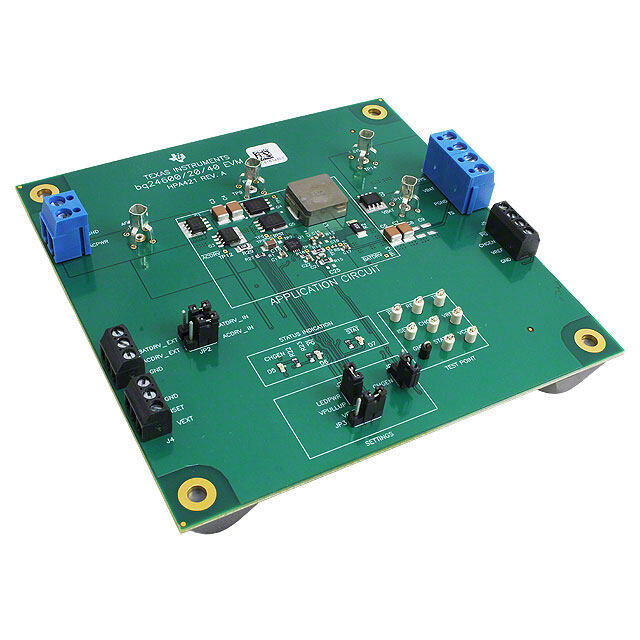
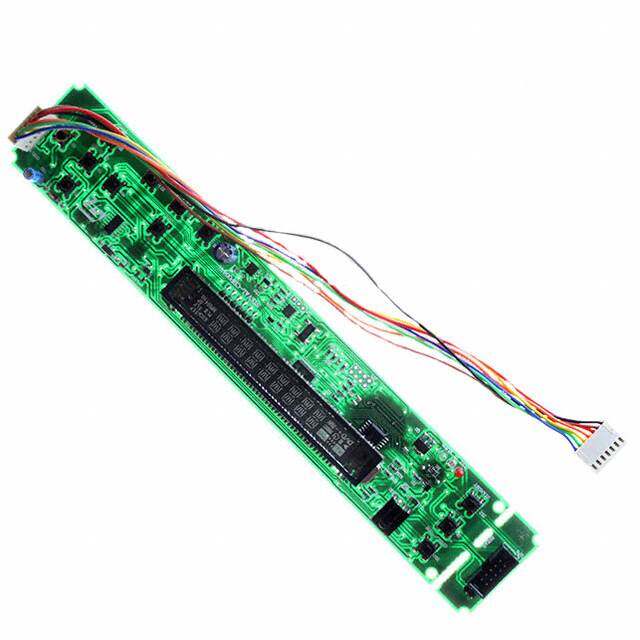
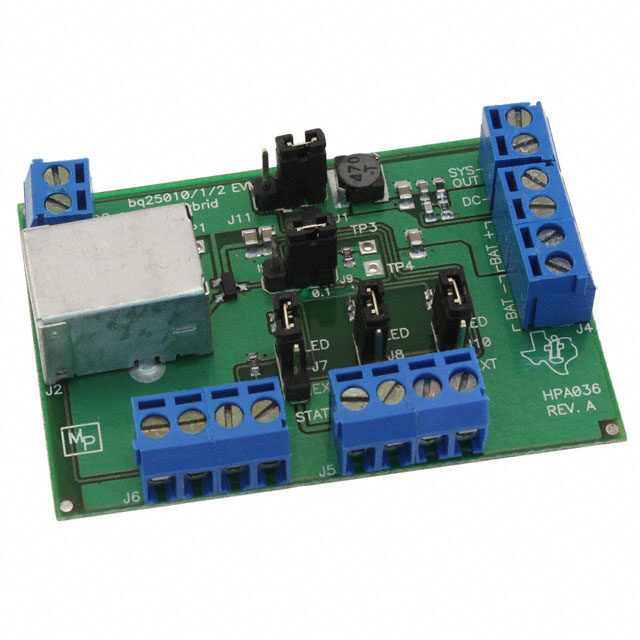

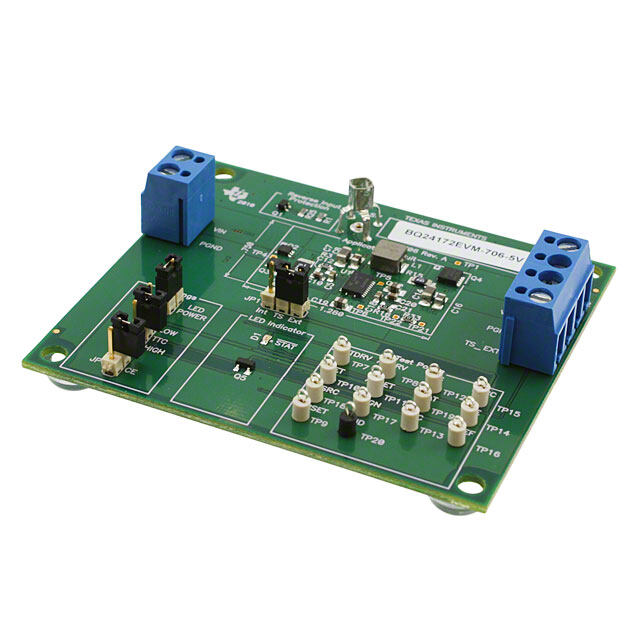
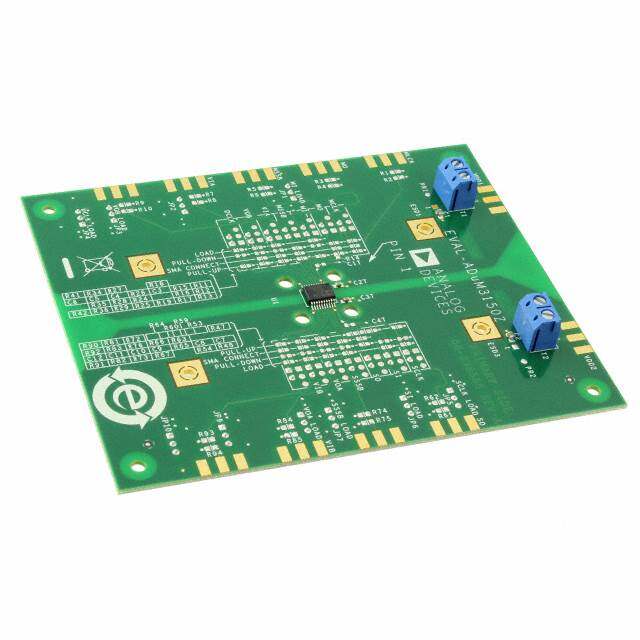
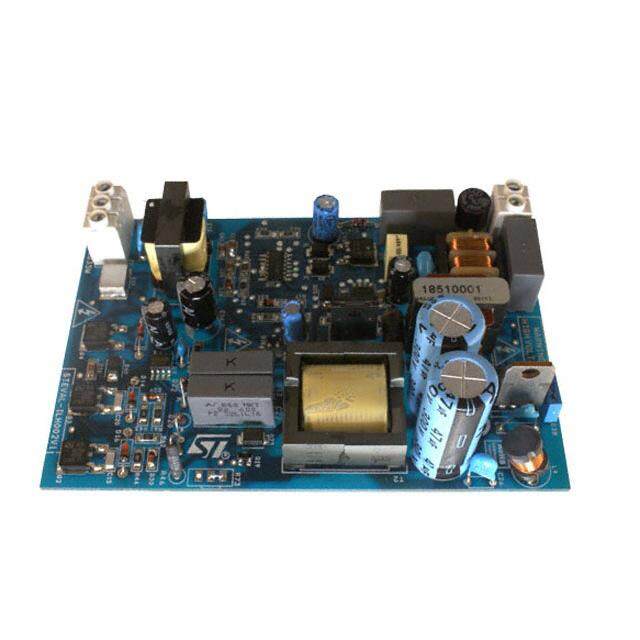


- 商务部:美国ITC正式对集成电路等产品启动337调查
- 曝三星4nm工艺存在良率问题 高通将骁龙8 Gen1或转产台积电
- 太阳诱电将投资9.5亿元在常州建新厂生产MLCC 预计2023年完工
- 英特尔发布欧洲新工厂建设计划 深化IDM 2.0 战略
- 台积电先进制程称霸业界 有大客户加持明年业绩稳了
- 达到5530亿美元!SIA预计今年全球半导体销售额将创下新高
- 英特尔拟将自动驾驶子公司Mobileye上市 估值或超500亿美元
- 三星加码芯片和SET,合并消费电子和移动部门,撤换高东真等 CEO
- 三星电子宣布重大人事变动 还合并消费电子和移动部门
- 海关总署:前11个月进口集成电路产品价值2.52万亿元 增长14.8%
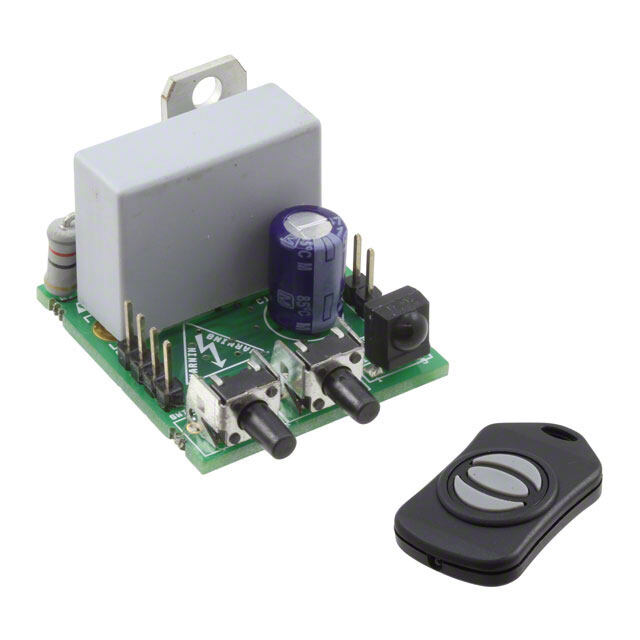
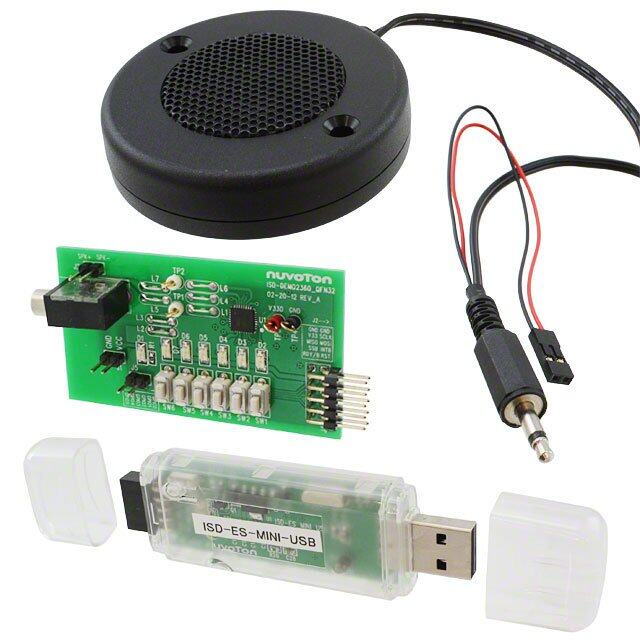

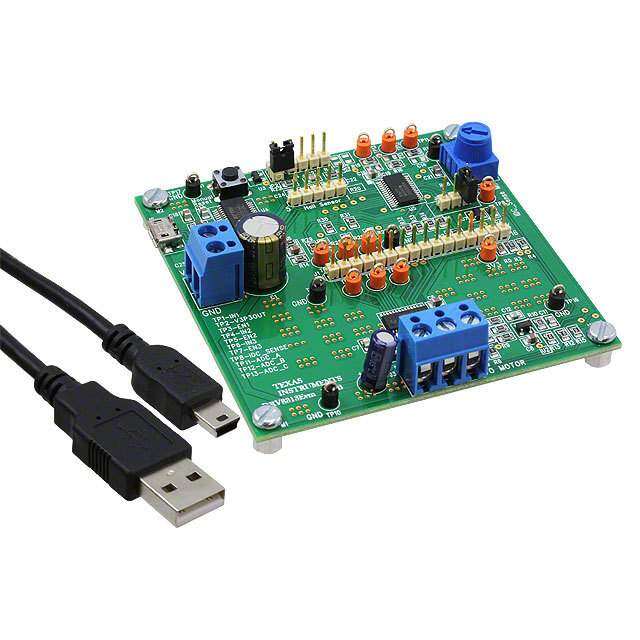
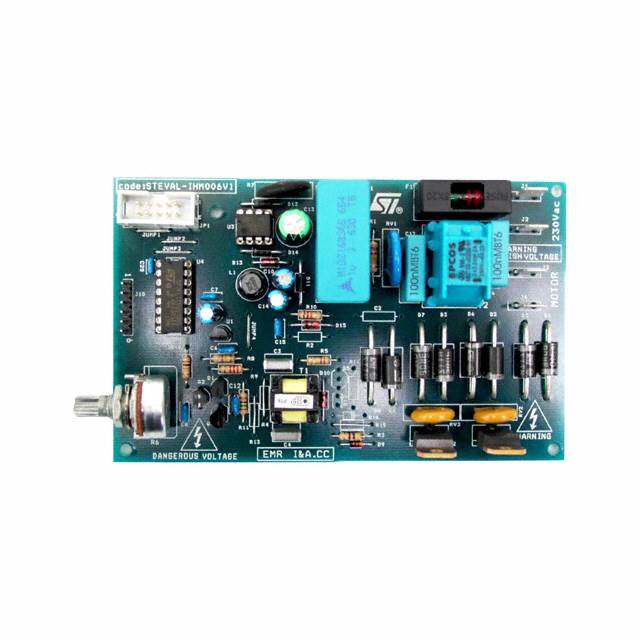
PDF Datasheet 数据手册内容提取
Circuit Note CN-0296 Devices Connected/Referenced Circuits from the Lab™ reference circuits are engineered and SigmaDSP® Stereo, Low Power, 96 kHz, tested for quick and easy system integration to help solve today’s ADAU1761 24-Bit Audio Codec with Integrated PLL analog, mixed-signal, and RF design challenges. For more information and/or support, visit www.analog.com/CN0296. Digital Input Stereo, 2 W, Class-D Audio SSM2518 Power Amplifier Low Cost, High Performance Sound Bar System EVALUATION AND DESIGN SUPPORT The SSM2518 is a digital input class-D audio power amplifier that can output two channels of audio with a continuous power Circuit Evaluation Boards of 2 watts each into a 4 Ω load. The channel-mapping feature of CN-0296 Circuit Evaluation Board (EVAL-CN0296-SDPZ) the SSM2518 allows it to select the specific channel to output System Demonstration Platform (EVAL-SDP-CB1Z) among those that are available in the interface. This makes it Design and Integration Files ideal for surround sound applications. Schematics, Layout Files, Bill of Materials CIRCUIT DESCRIPTION CIRCUIT FUNCTION AND BENEFITS The circuit has two main blocks. First is the audio input and The circuit shown in Figure 1 is a low cost, high performance processing block, which is made of the ADAU1761. Second is sound bar system that can accept an analog stereo audio signal the output amplifier stage, which is composed of the SSM2518. as an input and can output up to eight channels of audio with discrete processing on each channel. The circuit is ideal for Audio Input and Processing small docking stations and portable media devices. The circuit The input path of the ADAU1761 can accept two channels of offers low power consumption and high efficiency operation single ended or differential audio simultaneously. The inputs are without sacrificing audio quality. The circuit is also capable of sent to the DSP core of the ADAU1761 for processing. Audio driving headphones without the need of additional components. signal path and processing algorithms are created using Analog The ADAU1761 is a low power, stereo audio codec with Devices SigmaStudio software. The built-in libraries in integrated digital audio processing, also called SigmaDSP®. It SigmaStudio allow different processing blocks to be added to has two ADCs to accept two audio channels and can apply the signal flow. Once programmed, the different blocks, such as digital processing with the integrated SigmaDSP® core. volume control, equalizers and filters, are fully user- controllable. The software speeds development time; allowing SigmaDSP processors are optimized for audio applications and designers to quickly test and debug their algorithms and programmed using SigmaStudio development software for ease configurations in an easy-to-use graphical interface. of use and faster development. The output of the ADAU1761 can send up to eight channels of digital audio data to the output Class-D Output Amplifier amplifiers using the serial interface. The ADAU1761 allows The SSM2518 class-D audio power amplifier receives the serial different audio signal processing in each channel, such as volume data, performs the digital-to-analog conversion, and drives the control, custom equalization, filtering, and spatialization effects loudspeakers. Each SSM2518 is capable of driving two channels tuned to the specific speaker configuration. The ADAU1761 with a continuous power of 2 watts each into 4-ohm speakers. processes and converts analog audio to digital format and drives The circuit makes use of four SSM2518s and can output eight the SSM2518 power amplifier. channels of audio. The channel mapping feature allows each SSM2518 to output two channels from the interface. With this feature, each SSM2518 can output different channels. Rev. 0 Circuits from the Lab™ circuits from Analog Devices have been designed and built by Analog Devices engineers. Standard engineering practices have been employed in the design and construction of each circuit, and their function and performance have been tested and verified in a lab environment at room temperature. However, you are solely responsible for testing the circuit and determining its One Technology Way, P.O. Box 9106, Norwood, MA 02062-9106, U.S.A. suitability and applicability for your use and application. Accordingly, in no event shall Analog Devices be liable for direct, indirect, special, incidental, consequential or punitive damages due to any cause Tel: 781.329.4700 www.analog.com whatsoever connected to the use of any Circuits from the Lab circuits. (Continued on last page) Fax: 781.461.3113 ©2013 Analog Devices, Inc. All rights reserved.
CN-0296 Circuit Note SSM2518 MCLK OUTL+ BCLK OUTL– LRCLK OUTR+ SDATA OUTR– EVAL-SDP-CB1Z ADDR SDA SCL SDA1 SCL1 SSM2518 GPIO0 MCLK OUTL+ GPIO1 BCLK OUTL– GPIO2 LRCLK OUTR+ GPIO3 SDATA OUTR– ADDR SDA SCL ADAU1761 3.5mm JACK LAUX SSM2518 RAUX MCLK OUTL+ BCLK BCLK OUTL– LRCLK LRCLK OUTR+ 12.288MHz ADC_SDATA SDATA OUTR– OSCILLATOR MCLK ADDR SDA SCL SDA SCL SSM2518 MCLK OUTL+ BCLK OUTL– LRCLK OUTR+ SDATA OUTR– ADDR SDA SCL 10990-001 Figure 1. Sound Bar System Using ADAU1761 and SSM2518 (Simplified Schematic: All Connections and Decoupling Not Shown) I2C Access and Configuration Registers and SSM2518 must be taken into account to maintain clock and signal integrity. Buffers may be needed to avoid loading effects. The ADAU1761 and SSM2518 both have internal registers that need to be configured for proper operation. A microcontroller The serial data signals can be configured as I2S, TDM-4, or or a host configures the registers of the devices using the I2C TDM-8 to carry two, four, or eight audio channels in each audio interface. The SSM2518 has an address pin that allows only two frame, respectively. devices to have a unique address on the I2C bus. The four Output Noise Voltage and Signal-to-Noise Ratio SSM2518 devices are configured by driving the ADDR pin of Performance the one device HIGH while keeping the other three at a LOW To measure output noise voltage, connect the inputs to ground level or keeping one LOW while the others are HIGH. The or terminate them with the proper impedance, and measure the device with the unique address can now communicate with the output voltage at the amplifier outputs. The voltage measurement is bus and be configured. The process is repeated for the other done over a bandwidth of 22 Hz to 22 kHz with an A-weighting three devices. The address control can performed by a system filter. The average noise measured on all eight channels is 66 μV controller that controls the logic level of the address pins. rms. The signal-to-noise ratio referenced to a 2 W output and a Serial Data Interface 4 Ω load is greater than 90 dB for all channels. The serial data interface transmits audio using I2S or TDM Output Power and Distortion Performance compatible data streams. The signals that are transmitted are Output power and THN+N is measured by applying a pure tone the bit clock (BCLK), frame clock (LRCLK), and the data (SDATA). as an input and taking measurements at the output of the The ADAU1761 is configured as the master, making it the source amplifiers using an audio analyzer. Using a 1 kHz sine wave as of the BCLK, LRCLK and SDATA sent to the SSM2518. For the input, the circuit provides good performance by having a proper operation, the devices must have synchronized master less than 1% THD+N at the rated output power of 2 W as clocks, MCLK. Typically, a 12.288 MHz crystal oscillator is used shown in Figure 2. as the master clock. The on-chip frequency multiplier/divider of the ADAU1761 and SSM2518 can generate their required internal clocks. Special layout precautions must be observed with the clock and signal lines. The input capacitance of the ADAU1761 Rev. 0 | Page 2 of 4
Circuit Note CN-0296 100 be modified if the user only requires two or four channels by 2 removing the other SSM2518 devices and changing the register configurations. The SSM2519 and SSM2529 can be used in place 10 of the SSM2518. Both are also digital input Class-D amplifiers W) ER ( %) with TDM support, but have only one output channel per device. OW N ( CIRCUIT EVALUATION AND TEST P 1 + T 0.2 D Equipment Required U H P T T U CN-0296 Circuit Evaluation Board (EVAL-CN0296-SDPZ) O 0.1 System Demonstration Platform (EVAL-SDP-CB1Z) 5 V @ 4 A dc power supply 0.02 0.01 PC (Windows 32-bit or 64-bit) 0.1 INPUT VOLTAGE (V rms) 1 10990-002 Audio Precision SYS-2722 Audio Analyzer or Equivalent Figure 2. Output Power and THD+N vs. Input Voltage Audio Precision AUX-0025 Filter or Equivalent Frequency Response Performance Audio Precision AP2700 Control Software Frequency response is measured by applying a pure sine wave to 4 Ω/8 Ω speakers or dummy loads the input at a fixed voltage level, while the frequency is swept Software Installation across the audio spectrum of 20 Hz to 20 kHz. The voltage is The CN0296 evaluation kit includes self-installing software on a measured at the output and is compared to the 1 kHz reference CD. The software is compatible with Windows XP (SP2), Vista level. Output power is set to 2 W at 1 kHz. The data shows that (32-bit and 64-bit) and Windows 7 (32-bit and 64-bit). If the setup the change in the output at different frequencies is less than file does not run automatically, run the setup.exe file from the CD. ±0.5 dB. The THD+N is also less than 1% across the spectrum, as shown in Figure 3. Install the evaluation software before connecting the evaluation board and SDP board to the USB port of the PC to ensure that 10 the evaluation system is recognized when connected to the PC. 2 The software allows full configuration of the serial interface. It is important that the configurations of the master and slaves W) match for proper operation. OWER ( 1 N (%) Power Supply Requirements P + UT 0.2 HD The evaluation board needs to be powered by a 5 V dc power TP T supply. It is recommended that it should be able to provide at OU 0.1 least 4 A to ensure all eight channels can output their rated power. LDOs in the evaluation boards are used to provide the necessary supplies to the components. Functional Diagram 0.02 0.01 20 200 2k 20k INPUT FREQUENCY (Hz) 10990-003 Ate sftu snecttuipo nsahlo duiladg braem co onfn tehcet eteds ta ss esthuopw ins .s hown in Figure 4. The Figure 3. Output Power and THD+N vs. Input Frequency AUDIO ANALYZER COMMON VARIATIONS GENERATOR ANALYZER This circuit can also be set up with other SigmaDSP processors with I2S/serial data ports with support for TDM. Devices such as PC FILTER the AD1940, AD1941, ADAU1401A, ADAU144x, and ADAU170x families can be used instead of the ADAU1761, depending on USB the application and requirements of the user. The parts all have SPEAKERS support for serial data output and 8-channel TDM, but differ in OR EVAL-SDP-CB1Z DUMMY memory size, processing power, and input/output interfaces. The LOAD EVAL-CN0296-SDPZ ADAU1461 is functionally identical to the ADAU1761, but is qualified for automotive applications. 5V SUPPLY 10990-004 The ADAU1761 can also accept analog differential audio signals Figure 4. Sound Bar Test SetupDevice Configuration for processing and output them to the amplifier. The circuit can Rev. 0 | Page 3 of 4
CN-0296 Circuit Note Proper operation requires the configuration shown in Table 1. LEARN MORE Run the evaluation software and click the Connect button in CN-0296 Design Support Package: the software GUI to establish connection with the SDP. Click http://www.analog.com/CN0296-DesignSupport the Play Soundbar button to download the configuration data Eric Gaalaas, “Class D Audio Amplifiers: What, Why, and How,” to the device. This configuration loads stereo data to the eight Analog Dialogue, 40-06, June 2006. channels as follows: SigmaDSP® processors Table 1. Configuration for the Eight Channels Sigmastudio™ Graphical Development Tool Pin TDM Channel Stereo Data OUTR1 Channel 0 Right Surround SigmaStudio and SigmaDSP Documentation OUTR1 Channel 1 Right Front Data Sheets and Evaluation Boards OUTR2 Channel 2 Subwoofer ADAU1761 Data Sheet OUTR2 Channel 3 Subwoofer OUTR3 Channel 4 Center ADAU1761 Evaluation Board OUTR3 Channel 5 Center SSM2518 Data Sheet OUTR4 Channel 6 Left Front OUTR4 Channel 7 Left Surround REVISION HISTORY The software allows the user to enable or disable some sound effects that are available in the SigmaStudio library for the 05/2013—Revision 0: Initial Version ADAU1761. The corresponding parameters for these effects are also found in the front panel. There is a master volume control as well as bass and treble control; these controls affect the output even if there is a sound effect that is enabled. Enabling the test tone outputs a 1 kHz tone and mutes the analog input. Individual mute controls for each channel are also available. 10990-005 Figure 5. Software Window (Continued from first page) Circuits from the Lab circuits are intended only for use with Analog Devices products and are the intellectual property of Analog Devices or its licensors. While you may use the Circuits from the Lab circuits in the design of your product, no other license is granted by implication or otherwise under any patents or other intellectual property by application or use of the Circuits from the Lab circuits. Information furnished by Analog Devices is believed to be accurate and reliable. However, Circuits from the Lab circuits are supplied "as is" and without warranties of any kind, express, implied, or statutory including, but not limited to, any implied warranty of merchantability, noninfringement or fitness for a particular purpose and no responsibility is assumed by Analog Devices for their use, nor for any infringements of patents or other rights of third parties that may result from their use. Analog Devices reserves the right to change any Circuits from the Lab circuits at any time without notice but is under no obligation to do so. ©2013 Analog Devices, Inc. All rights reserved. Trademarks and registered trademarks are the property of their respective owners. CN10990-0-5/13(0) Rev. 0 | Page 4 of 4

 Datasheet下载
Datasheet下载

